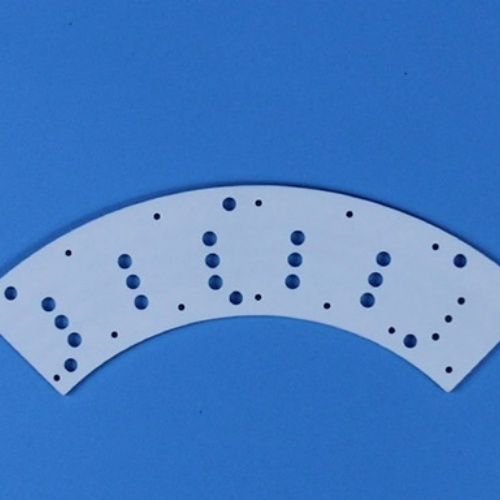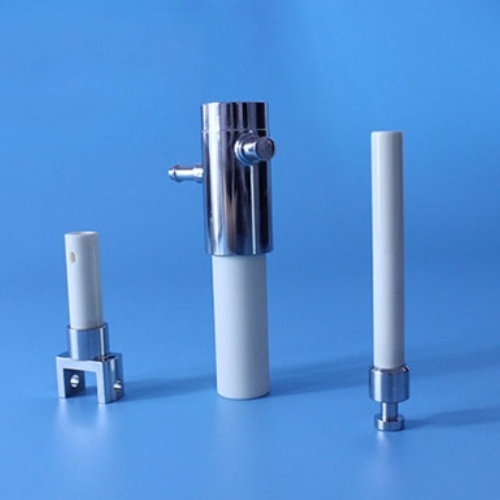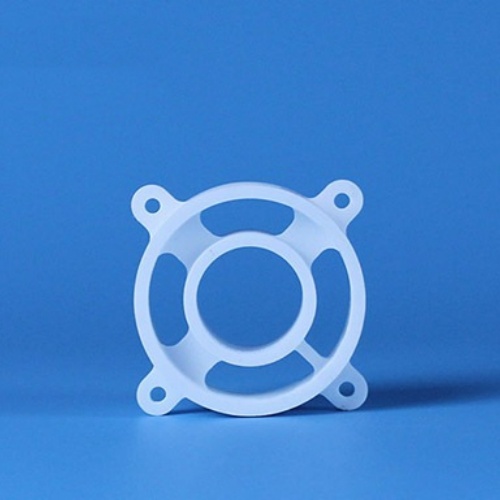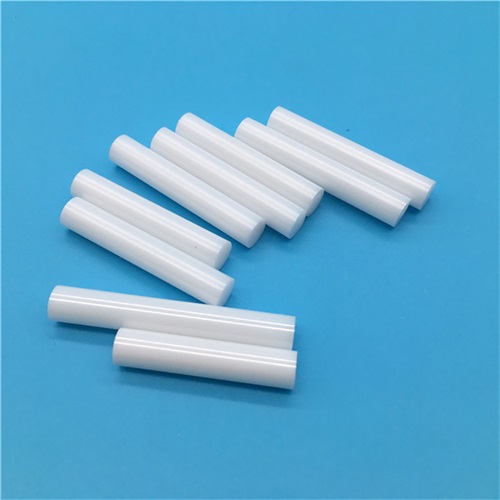Efficient heat dissipation application of aluminum nitride ceramics in LED lighting
With the rapid development of LED lighting technology, heat dissipation has become a key factor restricting its performance and lifespan. LED lighting fixtures generate a large amount of heat during operation. If they cannot dissipate heat in a timely and effective manner, it can lead to an increase in chip temperature, which in turn affects light efficiency and service life. Traditional heat dissipation materials such as aluminum profiles often have limited heat dissipation effects in high-power LED lamps, while aluminum nitride ceramics have become an ideal material for solving the heat dissipation problem of LED lamps due to their excellent thermal conductivity and mechanical strength.

Heat dissipation characteristics of aluminum nitride ceramics
Aluminum nitride ceramics (AlN) have extremely high thermal conductivity, with a thermal conductivity of up to 170-220 W/(m · K), much higher than aluminum oxide ceramics (about 30 W/(m · K)). This high thermal conductivity is due to the advantages of its crystal structure: AlN has a hexagonal wurtzite structure, tightly arranged atoms, strong covalent bonds, low phonon (lattice vibration) propagation resistance, and high thermal conductivity efficiency. In addition, the thermal expansion coefficient of aluminum nitride ceramics is matched with commonly used materials such as silicon (Si) and gallium arsenide (GaAs) in LED chips, which can effectively avoid thermal stress problems caused by temperature changes.

Application of Aluminum Nitride Ceramics in LED Lighting
- LED heat dissipation substrate
Aluminum nitride ceramic substrate is an ideal material for LED heat dissipation substrate. By directly installing LED chips on aluminum nitride ceramic substrates, the heat conduction efficiency can be significantly improved and the operating temperature of LED chips can be reduced. Experiments have shown that the heat dissipation performance of aluminum nitride ceramic substrates is superior to traditional aluminum substrates, aluminum oxide ceramic substrates, and copper substrates. - Material of heat dissipation layer
Adding aluminum nitride ceramic heat dissipation layer to the shell or heat dissipation structure of LED lamps can further enhance the heat dissipation effect. The aluminum nitride ceramic heat dissipation layer can quickly conduct the heat generated by the LED chip to the housing or heat sink of the lamp, and then dissipate the heat into the air through natural convection or forced air cooling. - High power LED lighting fixtures
In high-power LED lighting fixtures, the issue of heat dissipation is particularly prominent. The high thermal conductivity and good mechanical strength of aluminum nitride ceramics make them the preferred material for heat dissipation solutions in high-power LED lighting fixtures. By using aluminum nitride ceramic heat dissipation structure, high-power LED lamps can ensure stable performance during long-term operation.

Other advantages of aluminum nitride ceramics
-Electrical Insulation: Aluminum nitride ceramics have good electrical insulation properties and can effectively conduct heat in non-conductive situations, making them suitable for applications that require electrical isolation.
-Chemical stability: Aluminum nitride ceramics hardly react with any acid or alkali at room temperature and have excellent corrosion resistance.
-Low dielectric constant: The dielectric constant of aluminum nitride ceramics is relatively low, about 9.0, which means it has lower signal loss in high-frequency applications.

Aluminum nitride ceramics, with their excellent heat dissipation performance and stable physical and chemical properties, are becoming an indispensable and efficient heat dissipation material in the field of LED lighting, providing strong support for the development of modern lighting technology.
PREVIOUS:What are the applications of aluminum nitride ceramics in the field of automotive electronics
NEXT:Comparison of Properties between Aluminum Nitride Ceramics and Aluminum Oxide Ceramics
CATEGORIES
LATEST NEWS
- Zirconia Ceramic Rod Custom...
- High-temperature resistance...
- What is the wear resistance...
- What is the hardness of cer...
- Aluminum oxide ceramic cust...
- What are the main aspects o...
- What are the mechanical pro...
- Thermal properties of zirco...
- What properties should be c...
- What are the mechanical pro...
